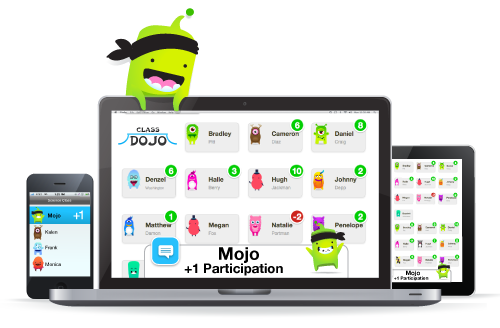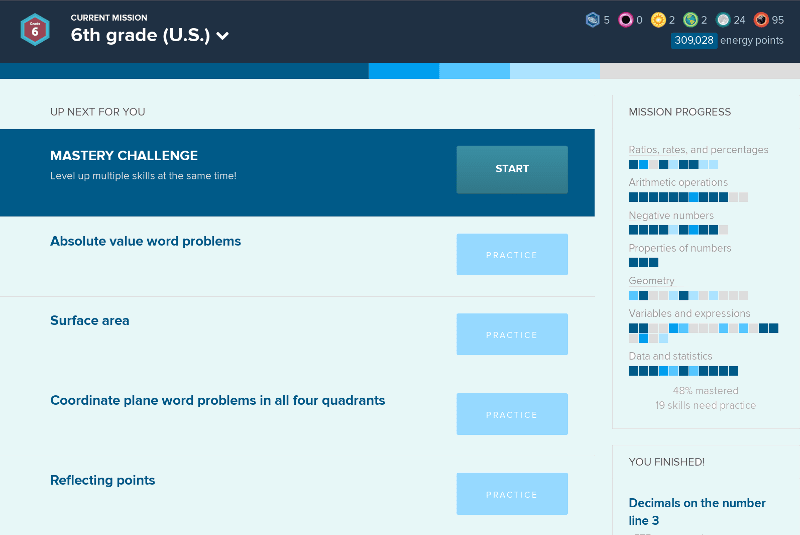The only way to learn is by doing. No matter how many lectures you hear or blog posts you read, if you are not acting on what you’ve learned, the material is bound to fade away. Probably sooner rather than later.
Enter games. Games excel at passing knowledge that sticks. Play is a very effective form of learning, and gaming environments provide their players with:
- Immediate feedback for actions.
- A “pro fail” attitude; players try again and again until they win.
- A clear progress illustration.
- A sense of accomplishment.
Compare that with the average classroom where learning is supposed to take place
and you get the perfect mirror image:
-
- Immediate feedback for actions: Tests results take weeks to return.
- A “pro fail” environment: Yeah, right.
- Clear progress illustration: Almost none.
- A sense of accomplishment: Only for those who did well on tests.
And how about actual learning? Studies show that students’ brainwaves are more active while sleeping than when listening to a lecture in class!
Making the classroom more game-like is an idea that makes much more sense, as hundreds of startups in the EdTech space would happily testify. However, there are some serious hurdles in the way for classroom gamification.
The Four Challenges
Four main challenges are standing in the way of the gamified classroom idea:
-
- Accessibility. Not all classrooms are properly equipped. Tech in class is still a big issue.
- Teachers are busy. Teachers’ lack of experience in integrating digital resources in the classroom might create antagonism when introducing new technologies in class.
- Teachers are not game designers. There are many tools for teachers that provide a “game management system” that is supposed to wrap around the class material, but building an actual curriculum-based game is still not an easy task without a proper background.
- Institutional goals. Basically that’s how school works. Student have to score high on national tests, and teachers often see gamification attempts as a time-consuming thing with no tangible results.
Four metrics to success in class
Taking into consideration the challenges written above, the perfect classroom gamification tool should have the following qualities:
- Accessability: Be accessible! The product has to run on every platform, especially on mobile, as most students in the Western world own a mobile device, even in elementary school.
- Teachers are busy: Make the teacher’s life easier! This might sound trivial, but try to log in 30 class students every math class to a certain service and you begin to realize the burden many products often create, therefore:
- Teachers should be able to log in to and launch the product super fast.
- Teachers should internalize how the product helps them in day-to-day school life.
- Teachers are not game designers: Be readymade. The product should work out of the box, with minimum effort from the teacher’s side. At least at start.
- Institutional goals: Be measurable. Students’ progress should be tangible and goals-oriented (tests).
Current solutions and market leaders
Looking at today’s school gamification market, two main frameworks emerge:
How to teach and what to teach.
How to teach: Gamified Classroom Management
The idea here is to provide teachers and their students a place to communicate in a playful way. There are plenty of solutions here, and the leaders in this category are ClassDojo.
ClassDojo is a gamified classroom platform with 50% penetration in the US market.
The app equips teachers with tools (super cute badges) to endorse students on good/bad behaviour (appearing on time, involvement in class, good teamwork, etc.). This simple reward mechanic provides students with immediate feedback for their actions and depicts a clear progress path that is usually lacking in the day-to-day classroom routine.
Alas, ClassDojo is more than just a reward-handling application. It also serves as a hub of communication between parents and teachers. Imagine a big WhatsApp group made especially with class requirements in mind. Once the parents are in the picture, the product becomes much more sticky.
Let’s analyze ClassDojo with our four metrics of success:
- Accessability. ClassDojo runs on the web, iPads and mobile phones. And it’s free!
- Teachers are busy. ClassDojo’s basic premise is to shift the rewards method from pen and paper to digital. This resonates with teachers, even with the less savvy ones.
- Teachers are not game designers. ClassDojo works out of the box, with minimum effort from the teacher’s side. Even the badges are predefined.
- Institutional goals. Goals like good behaviour, teamwork, arriving on time, etc. are constantly endorsed and strengthened by the app.
More “how to teach” products, some more gamified than others, are: Edmodo, Youtopia, Classcraft.
What to teach: Gamifying the Curriculum
This is a much harder task than the first one. Curriculums are often different between states and countries, and students have to perform well on tests to justify the use of a “what to teach” solution.
The market leader here is Khan Academy, with its 12 million unique users per month.
Khan is doing amazing work simplifying complicated topics, making them accessible to students and teachers alike. The user experience emphasizes progress illustration, immediate feedback and celebrates accomplishments with its users.
Khan Academy is a self-service tool, anyone can use it for free, but it is slowly being integrated into schools as well.
Let’s analyze Khan Academy with our four metrics of success:
- Accessability. Khan Academy runs on the web, iPads and mobile phones. And it’s free!
- Teachers are busy. Khan makes teachers’ lives easier by providing students with explanatory videos that are often better than the teachers’ own lessons.
- Teachers are not game designers. Khan’s exercises are actually digital worksheets, a concept that teachers are familiar with. No need to stretch game design skills here.
- Institutional goals. A study made in 2013 shows that in classes where Khan Academy was integrated, students’ test scores have improved, and there were also improvements in relieving math-anxiety, math self-concept and academic efficacy.
With its smart product design and deep pockets, Khan Academy will probably continue to lead the market and transform classrooms in years to come.
More “what to teach” (gamifying curriculum): Matifc, Kahoot!, Mangahigh, Tenmarks, Splash Math.
Conclusion
Many things are still broken in today’s classroom, and many companies are setting out to fix those things. However, change will not happen overnight, and companies who want to emerge as market leaders have to internalize the day-to-day challenges in the classroom, and remember that their top priorities are to make the lives of teachers easier in class
and see that students are actually improving.




Hi Dori,
Just to let you know that we’ve shortlisted this blog post for this month’s TeachingEnglish blog award and I’ll be putting up a post about it on today’s TeachingEnglish Facebook page https://www.facebook.com/TeachingEnglish.BritishCouncil, if you’d like to check there for likes and comments.
Best,
Ann
Great news! Thank you Ann!